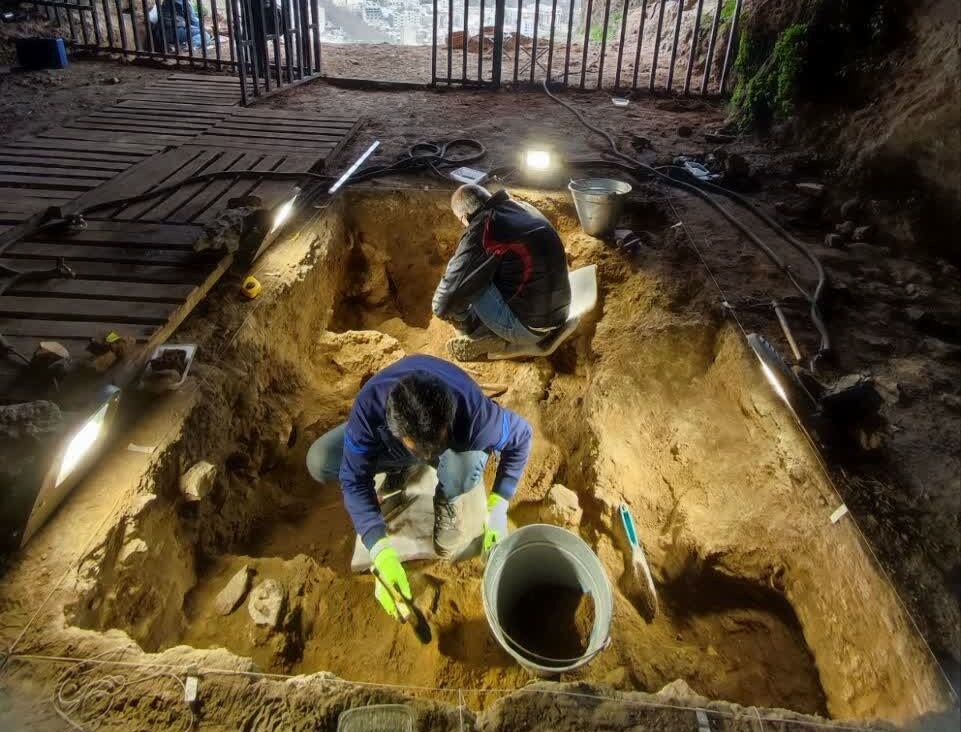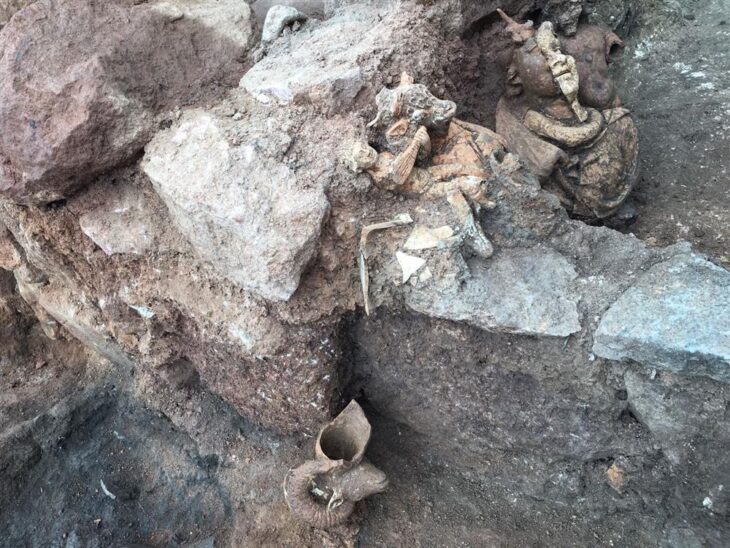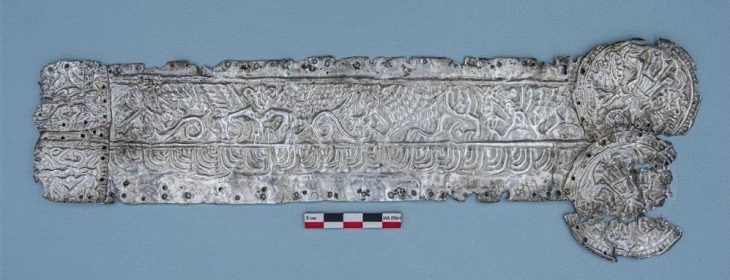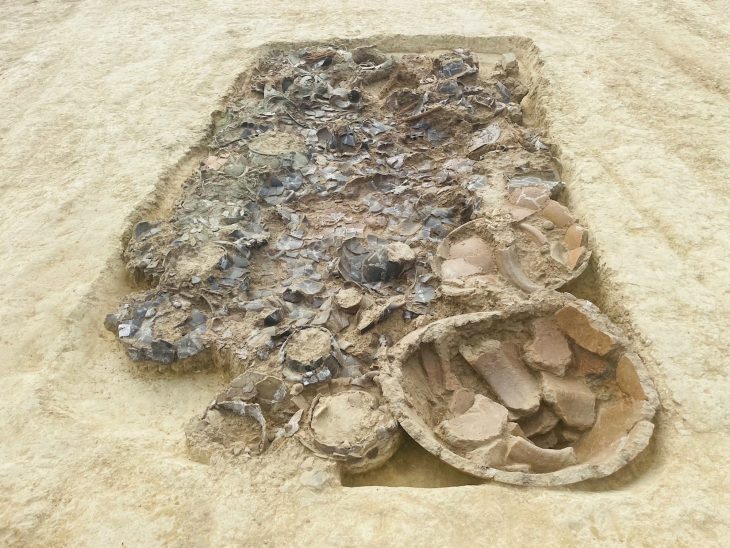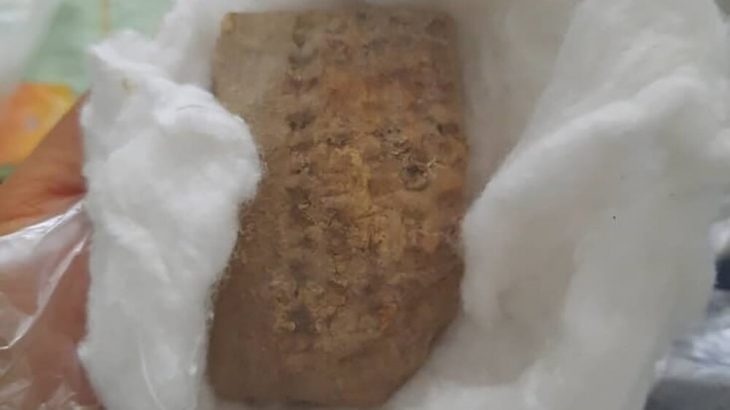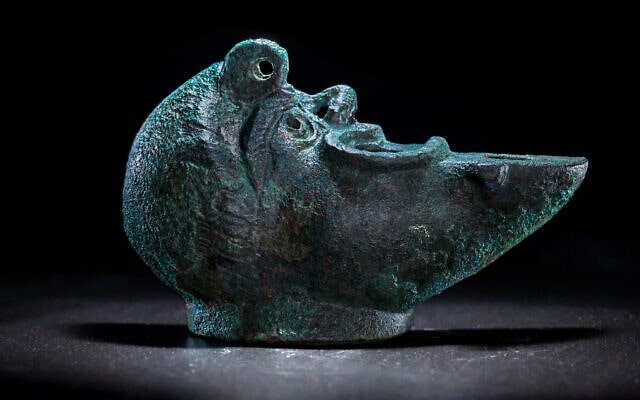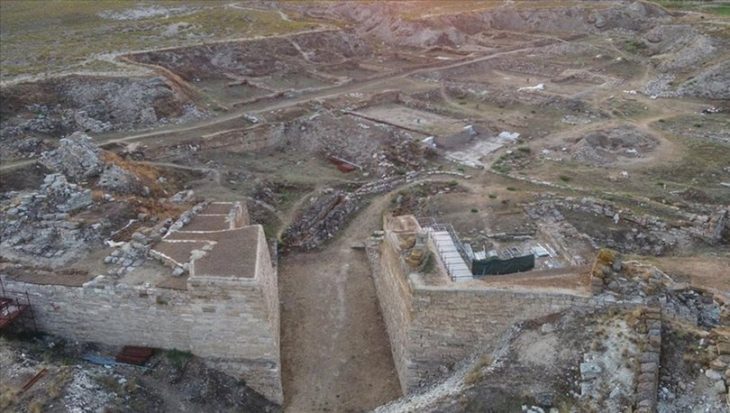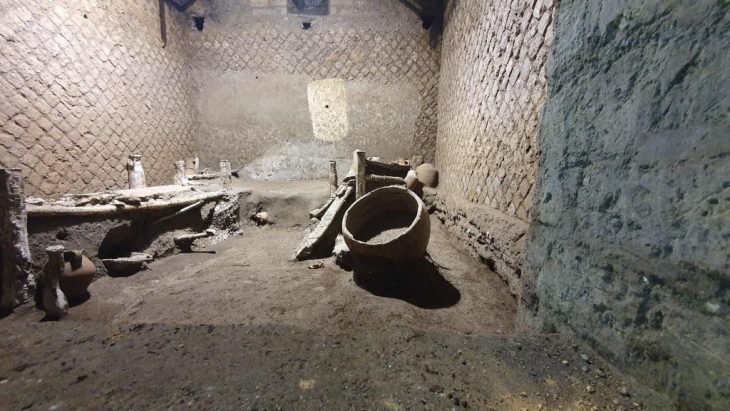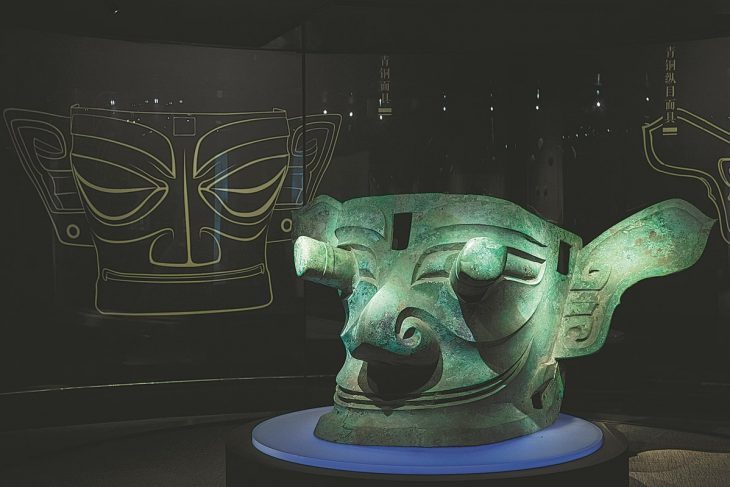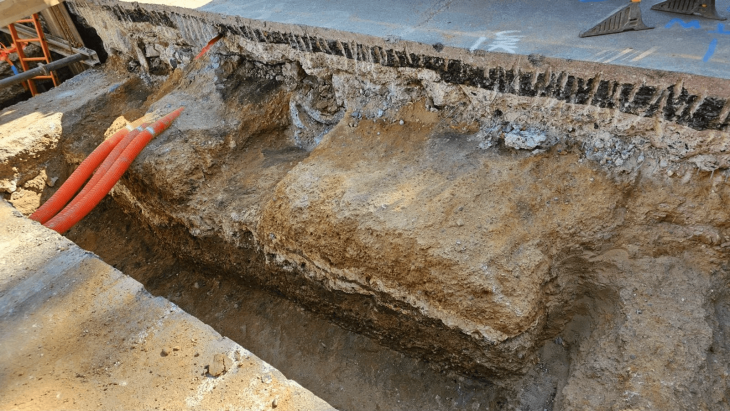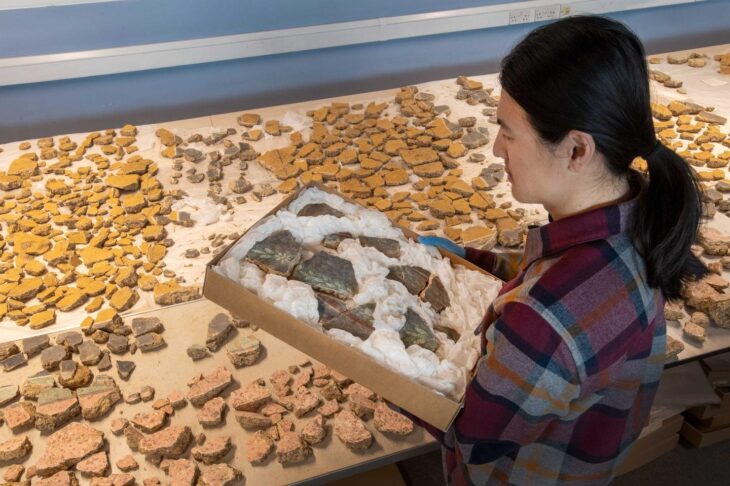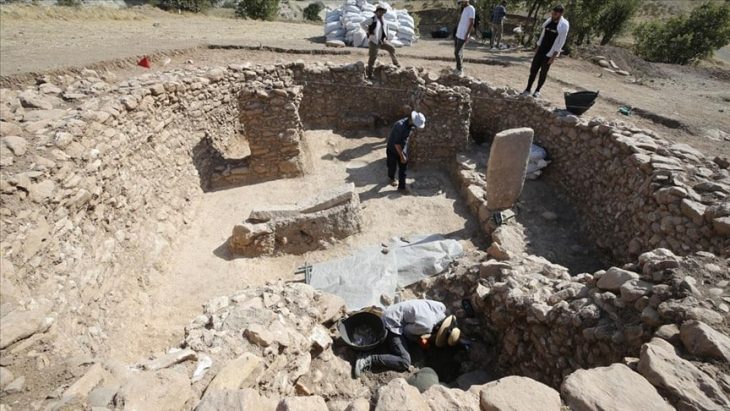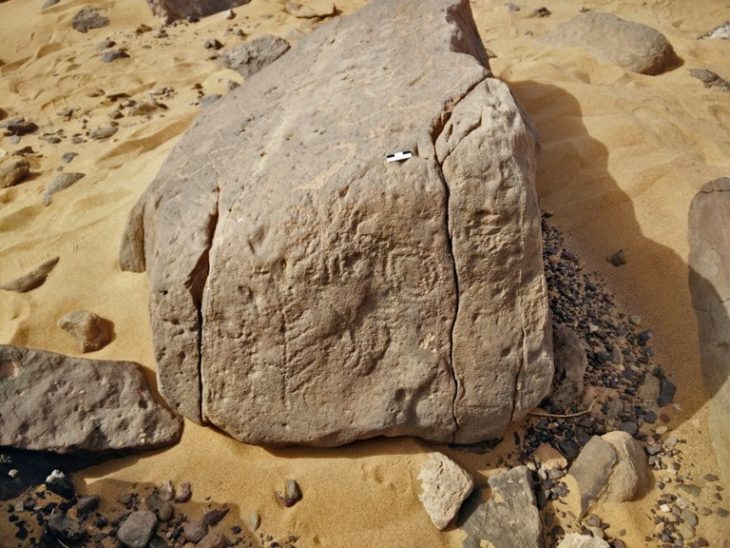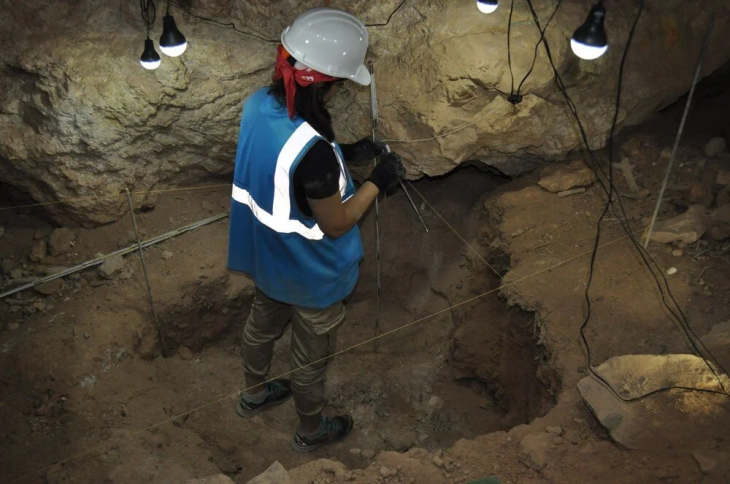Iranian archaeologists have made a groundbreaking discovery in Ghamari Cave (also known as Qamari Cave), located near Khorramabad in Lorestan Province, revealing evidence of human habitation dating back between 40,000 and 80,000 years.
Ghamari Cave has garnered attention due to its rich stratigraphy and the evidence of human habitation spanning from the Middle Paleolithic to the Chalcolithic periods.
The excavation, which commenced on February 12, has unearthed a wealth of artifacts, including stone tools, animal bones, and pottery, providing vital insights into the region’s prehistoric past.
Ata Hassanpour, the director-general of Lorestan’s Cultural Heritage, Tourism, and Handicrafts Department, announced on Monday that the findings strongly suggest the presence of Neanderthals in the area. Among the discoveries are stone tools, remains of hunted animals such as ibex and deer, and evidence of fire use.
In addition to these significant finds, painted and red pottery shards from the Chalcolithic period, over 5,500 years ago, were also uncovered, indicating that the cave continued to be used by herders long after the initial habitation. Artifacts from the Iron Age, Seleucid, and Parthian periods were also found, showcasing the site’s long history of human activity.
📣 Our WhatsApp channel is now LIVE! Stay up-to-date with the latest news and updates, just click here to follow us on WhatsApp and never miss a thing!!
Hassanpour highlighted the discovery of a nearby rock shelter, which contains evidence of habitation from both the Middle Paleolithic and Chalcolithic periods. This shelter was likely used concurrently with Ghamari Cave, offering new insights into human adaptation and settlement patterns in western Iran.
The significance of the findings was further emphasized by Sonia Shidrang from Shahid Beheshti University, who noted that the rock shelter yielded traces of habitation that provide a deeper understanding of early human life in the region. The pottery fragments from the Chalcolithic period, including painted buff ware and red ware, suggest the presence of early pastoralist communities.
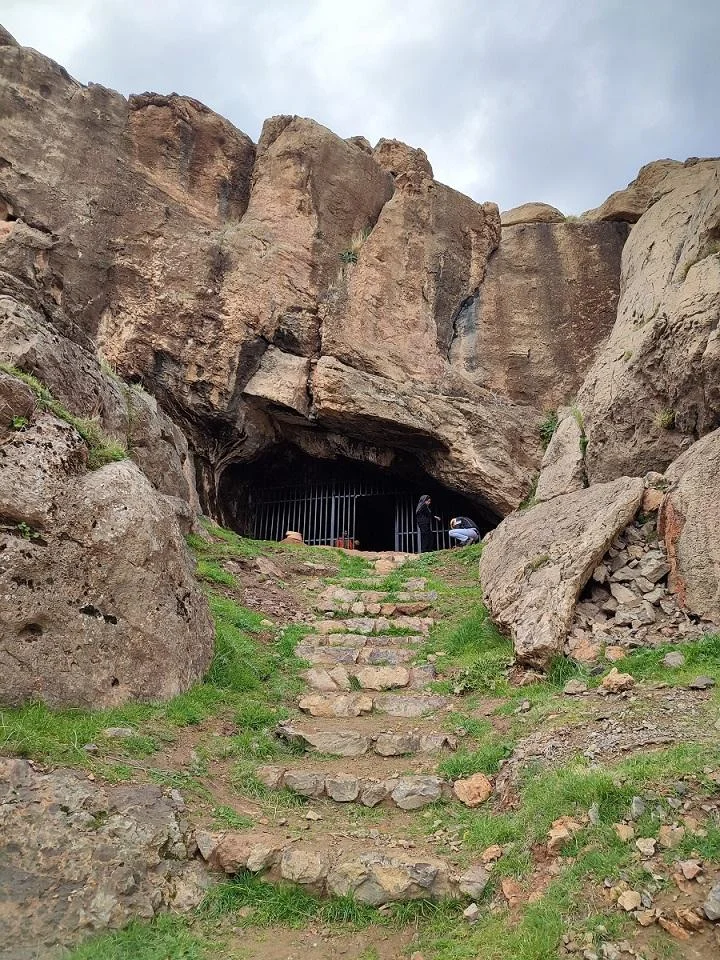
Ghamari Cave has been explored previously, first by American archaeologist Frank Hole in 1965 and later by Behrouz Bazgir in 2011, both of whom recognized its archaeological importance. The recent discoveries reinforce the cave’s status as a crucial site for understanding cultural and biological evolution in Iran and the broader Middle Eastern region.
“The new findings, including rich evidence of Neanderthal settlement in the area, have made the cave a focal point for the study of cultural and biological developments in Lorestan and western Iran,” Hassanpour stated.
The cave’s archaeological significance lies in its diverse assemblage of artifacts, which includes not only stone tools indicative of early human technology but also faunal remains that suggest a subsistence strategy involving hunting and gathering. The presence of Neanderthal-related artifacts provides critical insights into the behavioral and cultural practices of early hominins in this region.
Moreover, the discovery of pottery shards from the Chalcolithic period indicates a continuity of use, suggesting that the cave served as a habitation site for pastoralist communities long after the initial Neanderthal occupation. This continuity is further supported by the presence of artifacts from later historical periods, including the Iron Age, Seleucid, and Parthian eras, which reflect the cave’s ongoing significance as a site of human activity.
The cave also features a nearby rock shelter that has yielded evidence of habitation from both the Middle Paleolithic and Chalcolithic periods, suggesting that these locations were utilized concurrently by ancient populations. This duality of habitation sites offers valuable insights into the adaptive strategies of early humans in response to environmental changes.
Registered as a national heritage site in 2001, Ghamari Cave continues to be a key location for studying the ancient human history of western Iran.
Cover Image Credit: IRNA

